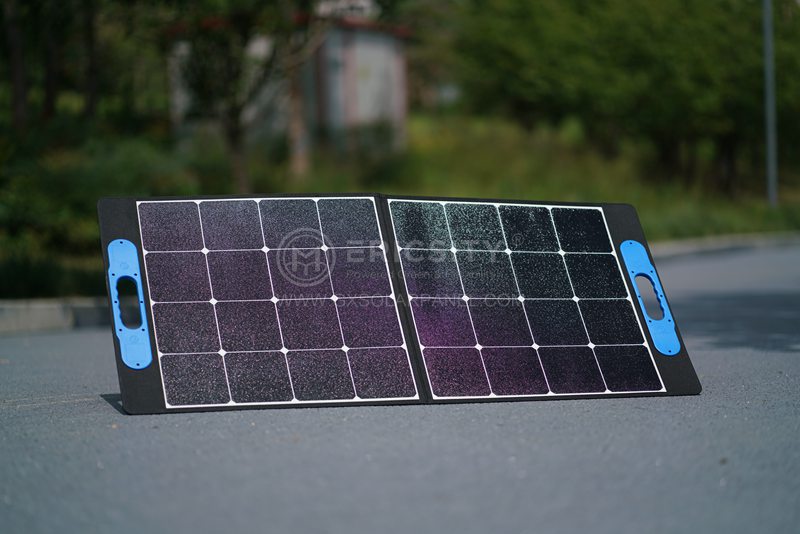HOT PRODUCT
Product Details
semi-flexible Solar Panels For Urban Living
Semi-Flexible Solar Panels for Urban Living
In recent years, the growing demand for renewable energy sources has driven significant advancements in solar technology. One such innovation is the development of semi-flexible solar panels, which offer a range of benefits for urban living. These lightweight and adaptable panels have the potential to revolutionize the way we harness solar energy in cities, making it a viable option for urban residents. This article explores the advantages of semi-flexible solar panels and their suitability for urban environments.
Traditional solar panels are often bulky and rigid, making them challenging to integrate into urban landscapes. However, semi-flexible solar panels address this issue. These panels are made with lightweight materials, such as thin-film solar cells or flexible crystalline silicon, which can be bent to fit various surfaces. This flexibility allows them to be seamlessly integrated into existing infrastructure, such as building facades, roofs, or even street furniture. Unlike traditional panels, semi-flexible solar panels can conform to curved or irregular surfaces, optimizing the use of available space and blending harmoniously with the urban environment.


One of the significant advantages of semi-flexible solar panels is their portability. Unlike fixed solar installations, these panels can be easily transported and installed in different locations, offering flexibility in deployment. This feature is particularly relevant in urban areas, where space is often limited and shared among multiple users. Semi-flexible panels can be installed on rooftops, balconies, or other underutilized surfaces, making the most of available space without compromising the aesthetics of urban architecture.
Moreover, semi-flexible solar panels are highly durable, capable of withstanding harsh weather conditions. The flexible design allows them to absorb impacts and vibrations without the risk of damage, making them suitable for urban environments prone to adverse weather, such as strong winds or heavy rain. Additionally, the lightweight structure reduces the structural load on buildings, making it easier to integrate solar power into existing urban infrastructure.
Another advantage of semi-flexible solar panels is their potential for increased energy production. Their ability to face different directions, follow sunlight, and adapt to various angles optimizes energy generation throughout the day, even in urban areas with limited direct sunlight. By harnessing energy from different angles, semi-flexible panels can significantly improve energy capture in constrained urban environments, where tall buildings and shadows often limit solar exposure.

Semi-flexible solar panels also appeal to urban residents due to their aesthetic appeal. The sleek and adaptable design makes them less obtrusive and visually disruptive compared to traditional solar panels. This appeals to urban dwellers who prioritize maintaining the architectural integrity of their buildings or who face strict building regulations. Additionally, the flexibility of these panels allows for creative integration into urban design, offering architects and city planners new opportunities to incorporate sustainable features seamlessly.

As the demand for renewable energy continues to increase, the affordability of solar panel technology has become crucial. Semi-flexible solar panels are often more cost-effective compared to their rigid counterparts. The manufacturing process of these panels involves less material and energy consumption, resulting in lower production costs. With urban areas adopting solar energy sources on a larger scale, the cost-effectiveness of semi-flexible solar panels makes them an attractive option for cities aiming to reduce reliance on conventional energy sources.
In conclusion, semi-flexible solar panels have emerged as a promising solution for urban living. Their flexibility, portability, durability, increased energy production capabilities, aesthetic appeal, and cost-effectiveness make them a sought-after choice for integrating solar power into densely populated areas. As technology continues to advance, it is foreseeable that semi-flexible solar panels will become a standard feature in our urban landscapes, contributing to a more sustainable and resilient future for urban living.




